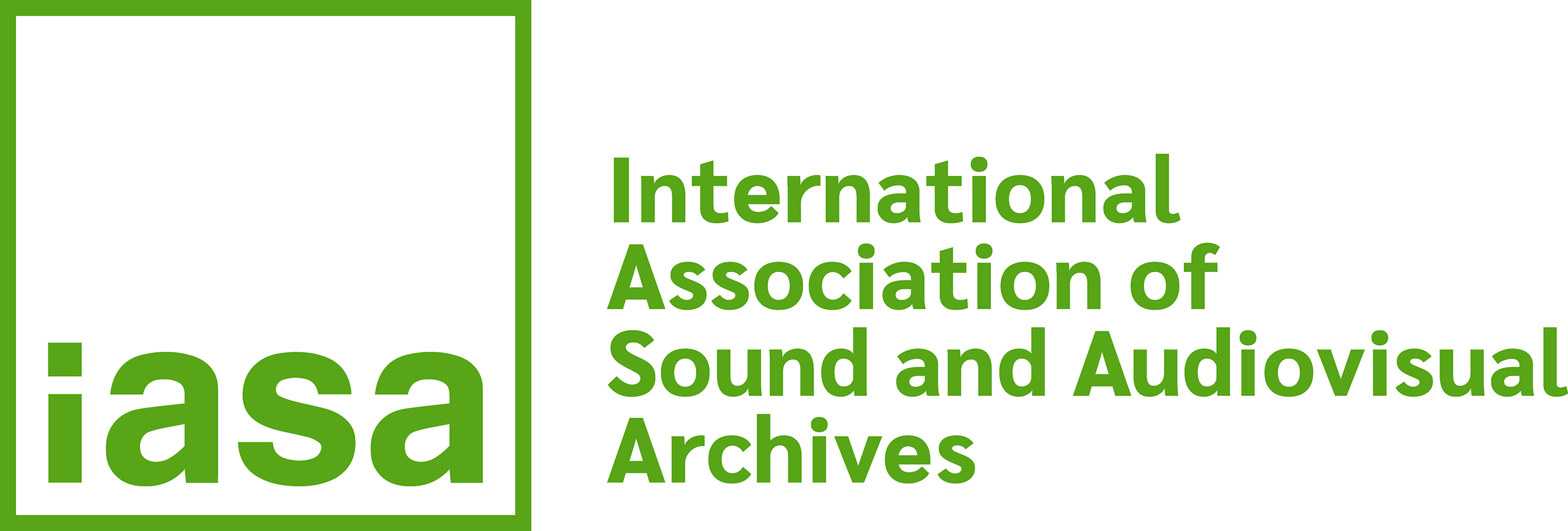9. Equipment and technical facilities
Linguistic sound recording has a few special requirements which will be raised here. General requirements are covered in the chapter in this volume on technical aspects of sound archive work. Technical excellence in sound recording may have to be sacrificed in field situations with unsophisticated linguistic informants. A high quality open reel recorder with a separate microphone of professional standard on a tripod may intimidate the informant to the extent that the recording is of high technical quality but the content is relatively poor. In such a situation a small cassette recorder with an internal microphone would be preferable. The archive should provide equipment of both sorts. The collector would be advised to take equipment of both kinds to the field using the bulkier or more compact recorder according to the situation. This will give the added insurance of still having one recorder to continue the work should one of them become faulty in a remote area.
The sound archive might also provide special facilities for ethnoscientific studies or detailed lexical investigation. By providing a nature library, collectors could be encouraged to make more accurate identifications of floral and faunal species and other features of the environment. Some researchers collect and preserve specimens from the field for accurate identification by experts later. The archive could provide preserving/ collecting equipment for this. The advantages to the archive are to be found in the documentation; a transcription which includes twenty different vocabulary items from a little-known language all glossed as 'insect species' leaves a lot to be desired!


